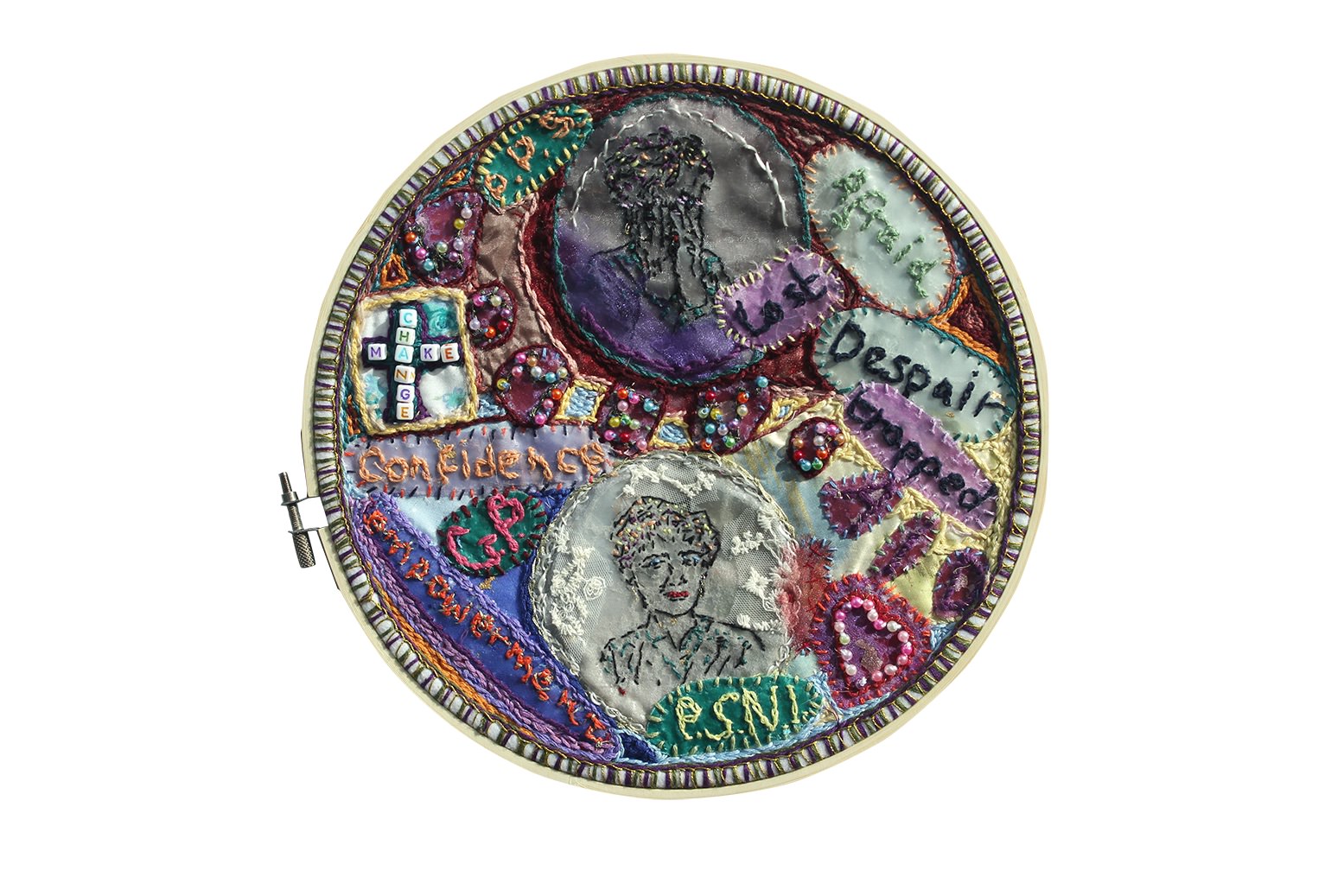The assumptions undergirding this question are supported by a bedrock of misogyny. Namely, the societal expectation that women should be the arbiters of their own safety; responsible for: not attracting attention; defusing street harassment; and forestalling physical and/or sexual abuse. Our popular, incident-focussed, understanding of domestic abuse shares this expectation: women should simply pick up and leave everything, an expectation which, apart from placing the onus of responsibility on women, ignores the multiple and insidious ways women become entrapped, and discounts the reality of what ‘leaving everything’ means.
For many survivors, leaving domestic abuse is only the beginning of their journey. Survivors often become homeless; face physical and online stalking and harassment from perpetrators and/or their families and associates; and all while navigating a labyrinth of statutory and voluntary agencies. These agencies, too, can become a source of further abuse by the perpetrator: frivolous lawsuits, protracted custody cases, withholding of child support, and dubious allegations leading to investigations by social services are all common forms of post-separation abuse.
Incident-focussed understandings of domestic abuse also largely ignore survivors’ experiences: trauma may only manifest itself years after a woman has left, making her journey circuitous and possibly repetitive, and most statutory agencies lack the flexibility to deal with trauma’s impact.
Women’s journeys are mapped below. While they are mapped, they are largely left unnarrated. This is to allow the viewer the imaginative space and silence to empathise with each woman. Similarly, only women’s silhouettes appear in each piece, both to protect their anonymity and to give the viewer space to imagine and empathise.
Can you, as a viewer, imagine what it would be like to walk this journey? Or to navigate this journey as a mother? As a carer of elderly parents? As an employee? As a disabled woman? If you walked this path, would you stumble? Would you go back? Could you imagine repeating your story to each statutory and voluntary agency? After retelling your story so many times, would it remain your own?
If you worked in statutory services, would you be able to see the whole journey, the whole person? Would you be able to link a woman’s presenting issues in part to the abuse she suffered?
If you were a solicitor, a barrister, or a judge, how would you respond? A woman’s whole journey might not be relevant according to the letter of the law, but does that make it meaningless?
We invite you to ask yourself these questions as you view each woman’s journey. To provide some background, however, two survivors have kindly agreed to provide artist statements which accompany their work.

